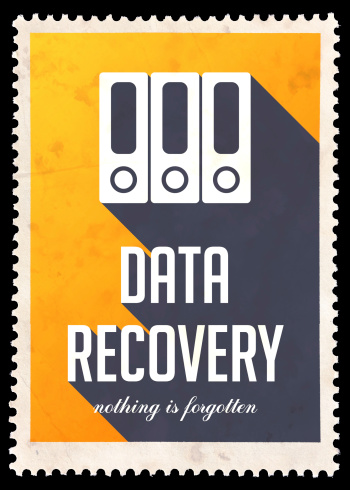 Manufacturing companies create and store extensive amounts of business-critical data, including sales documents, drawings, project documentation, accounting information, employee payrolls, and purchasing orders. It’s critical to ensure this data is backed up and recoverable in the event of a significant data loss.
Manufacturing companies create and store extensive amounts of business-critical data, including sales documents, drawings, project documentation, accounting information, employee payrolls, and purchasing orders. It’s critical to ensure this data is backed up and recoverable in the event of a significant data loss.
There’s a huge variety of potential ways to lose data, such as database corruption, hardware failures, employee mistakes, and even natural disasters. Do you have a data backup and disaster recovery plan in place? For manufacturing companies, data is the heart of the business. You must implement a data backup and disaster recovery plan to ensure data is protected at all times.
Data Backup
There are many types of data backup solutions available, however, the backup solution that’s best for your organization will depend on multiple factors:
- Capacity: How much data will you back up on a regular basis? Can the backup solution support the amount of data necessary?
- Speed: How fast do you need to recover your data? Are you willing to sacrifice speed to reduce costs?
- Extensibility: Will the backup solution meet your needs as your organization grows?
In the manufacturing industry, it’s critical to find a reliable backup solution. In fact, a backup solution is meaningless without a reliable method of recovering data. Once you’ve chosen a reliable backup solution that meets your needs, make sure you’re performing routine tests to ensure data is restorable.
Disaster Recovery
What would happen if all of your equipment was inoperable? Most manufacturing companies would experience a significant loss in revenue and decreased customer confidence. In a manufacturing environment, a disaster recovery plan must include:
- An Emergency Response Plan: Outline methods for addressing evacuation, health and safety issues, and environmental concerns.
- A Facility and Equipment Restoration Plan: Outline methods for addressing emergency procedures, damage assessment, restoration/replacement, cleanup, corrosion control, and reconstruction.
- A Crisis Management Plan: Develop a decision making process during recovery and restoration, including communication with third parties.
- A Product Fulfillment Plan: Outline methods for meeting customers’ orders with replacement products within contract deadlines.
If a disaster occurs, a business continuity plan can help you recover and continue business operations in a timely manner.
To learn more about data backup and disaster recovery planning, give us a call at {phone} or send us an email at {email}. {company} can help you protect your business-critical data in the event of a disaster.



